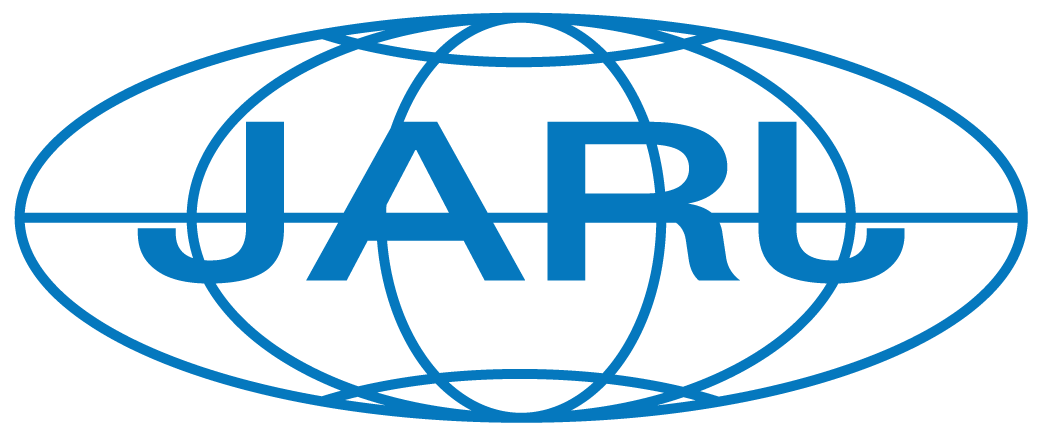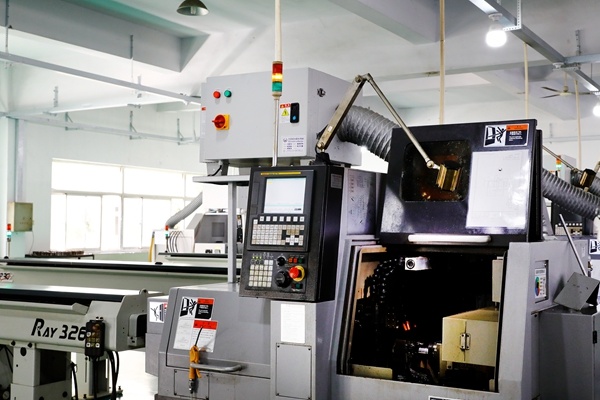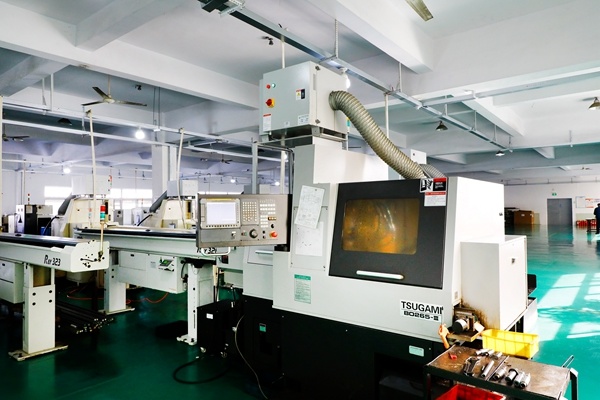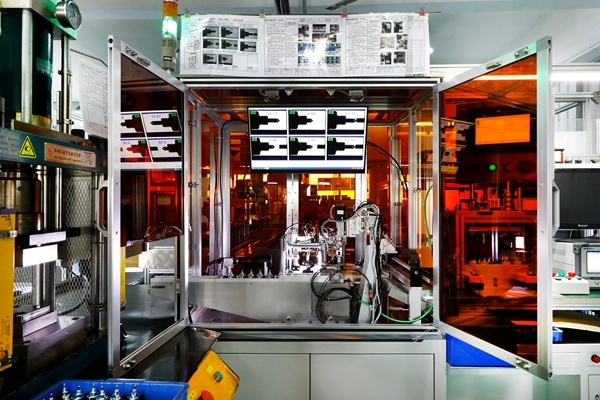The Environmental Benefits of Using Precision CNC Milling Parts: A Sustainable Approach to Manufacturing
Release Time:
Aug 13,2025
The Environmental Benefits of Using Precision CNC Milling Parts Introduction: The Rise of Sustainable Manufacturing In today's rapidly evolving industrial landscape, the emphasis on sustainability has never been greater. As concerns about climate change and environmental degradation rise, manufacturers are seeking innovative solutions that align with eco-friendly practices. One such solution is th
The Environmental Benefits of Using Precision CNC Milling Parts
Introduction: The Rise of Sustainable Manufacturing
In today's rapidly evolving industrial landscape, the emphasis on sustainability has never been greater. As concerns about climate change and environmental degradation rise, manufacturers are seeking innovative solutions that align with eco-friendly practices. One such solution is the use of **precision CNC milling parts**. This advanced manufacturing technique not only enhances productivity but also offers significant environmental benefits that can reshape the future of production.
Understanding CNC Milling: A Brief Overview
Before delving into the environmental impacts, it is essential to understand what CNC milling entails. CNC stands for Computer Numerical Control, a technology that automates machine tools through programmed commands. This process allows for high-precision manufacturing of complex parts across various industries, including automotive, aerospace, and medical.
How CNC Milling Works
CNC milling involves the use of rotating cutting tools to remove material from a solid block, known as the workpiece. The **CNC milling machine** interprets the computer-generated design into precise movements, resulting in intricately shaped components. This method is highly versatile, allowing for the production of both simple and complex geometries with exceptional accuracy.
The Environmental Advantages of CNC Milling
Utilizing precision CNC milling parts offers numerous environmental benefits. Below, we explore the most significant advantages that contribute to a more sustainable manufacturing process.
1. Reduced Material Waste
One of the key benefits of CNC milling is its ability to minimize material waste. Traditional machining methods often result in significant offcuts and scrap material. In contrast, CNC milling allows manufacturers to calculate exact material requirements, dramatically reducing excess waste. This efficiency not only conserves resources but also lowers disposal costs and environmental impact.
2. Energy Efficiency
CNC milling machines are designed for optimal energy use, often consuming less power than their conventional counterparts. The precision of CNC technology ensures that machines operate at peak efficiency, preventing unnecessary energy expenditure. As a result, manufacturers can significantly lower their carbon footprint while maintaining high production levels.
Implementing Energy-Saving Practices
To enhance energy efficiency further, manufacturers can implement various practices, such as:
- Regular maintenance of CNC machines to ensure optimal performance
- Upgrading to energy-efficient models
- Utilizing regenerative braking systems to recover energy during operation
3. Use of Sustainable Materials
The choice of materials plays a crucial role in the environmental impact of manufacturing. CNC milling allows for the use of **sustainable materials**, such as recycled aluminum or biodegradable plastics. By selecting eco-friendly materials, manufacturers can contribute to a circular economy, reducing the reliance on virgin resources and minimizing environmental degradation.
The Role of Certifications
Many sustainable materials come with certifications, such as the Forest Stewardship Council (FSC) for wood or the Global Recycle Standard (GRS) for textiles. Manufacturers should prioritize sourcing materials with these certifications to ensure that their supply chains are environmentally responsible.
4. Enhanced Product Longevity
Precision CNC milling produces high-quality components that offer enhanced durability and longevity. Products manufactured with CNC technology often exhibit superior strength and resistance to wear, reducing the frequency of replacement. This longevity translates into lower resource consumption over time, further benefiting the environment.
Case Studies in Longevity
Several industries have reported significant improvements in product lifespan through CNC milling. For example, aerospace components made from CNC-milled titanium alloys have demonstrated exceptional performance, resulting in longer aircraft service intervals and reduced maintenance requirements.
5. Improved Recycling Processes
With the rise of CNC milling, the recycling of metal and plastic parts has become more efficient. The precise nature of CNC processes allows for the easy identification and separation of materials, facilitating recycling efforts. This efficiency helps reduce the volume of waste sent to landfills and promotes a more sustainable material lifecycle.
Strategies for Effective Recycling
To optimize recycling efforts, manufacturers can:
- Collaborate with recycling facilities to streamline processes
- Implement in-house recycling programs for scrap material
- Educate employees about the importance of recycling and waste reduction
Challenges and Solutions in Sustainable CNC Milling
While the environmental benefits of precision CNC milling are substantial, challenges still exist. Addressing these challenges is crucial for maximizing the sustainability of manufacturing practices.
1. Initial Investment Costs
Investing in advanced CNC milling technology can be costly for manufacturers. However, this investment often pays off through long-term savings in material and energy costs. Businesses can explore financing options or government incentives aimed at promoting sustainable manufacturing practices.
2. Skill Gaps in the Workforce
The transition to CNC technology requires a skilled workforce proficient in operating advanced machinery. Manufacturers should prioritize training programs to equip employees with the necessary skills. Collaborating with educational institutions can also aid in building a pipeline of skilled workers.
Future Trends in Sustainable CNC Milling
As technology continues to advance, several trends are emerging that may further enhance the environmental benefits of CNC milling.
1. Integration of Artificial Intelligence (AI)
The integration of AI in CNC machining processes can lead to improved efficiency and waste reduction. AI algorithms can optimize machining parameters, predict maintenance needs, and identify potential inefficiencies, further enhancing sustainability efforts.
2. Transition to Renewable Energy Sources
Many manufacturers are beginning to explore renewable energy sources such as solar and wind power for their operations. This shift not only lowers energy costs but also significantly reduces the carbon footprint associated with CNC machining processes.
Conclusion: Embracing a Sustainable Future
The environmental benefits of using precision CNC milling parts are clear. From reducing material waste and energy consumption to enhancing product longevity and recycling efficiency, CNC technology offers a sustainable approach to manufacturing. As industries continue to evolve, embracing these practices will be essential for fostering an environmentally responsible manufacturing future.
By prioritizing sustainability through precision CNC milling, manufacturers not only contribute to a greener planet but also position themselves as leaders in an increasingly eco-conscious market. The transition to sustainable practices is not merely a trend; it is an necessary journey towards a more responsible and efficient future in manufacturing.
FAQs
1. What are the environmental benefits of CNC milling compared to traditional machining methods?
The primary benefits include reduced material waste, energy efficiency, and the ability to use sustainable materials, all contributing to a lower carbon footprint.
2. Can CNC milling machines run on renewable energy sources?
Yes, many manufacturers are exploring the use of renewable energy sources such as solar and wind power to further enhance sustainability in CNC machining processes.
3. How can manufacturers reduce waste during the CNC milling process?
Manufacturers can minimize waste by accurately calculating material requirements, recycling scrap materials, and optimizing machining parameters.
4. What materials are considered sustainable for CNC milling?
Sustainable materials include recycled metals, biodegradable plastics, and certified wood products, all of which help reduce environmental impact.
5. How does precision CNC milling contribute to product durability?
CNC milling produces high-quality components with precise tolerances, resulting in enhanced durability and reduced need for replacements over time.
Related content




